Miners
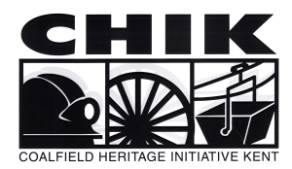
When Kent coal was discovered in 1890, there were no workers experienced in mining in Kent. All the workers had to be imported from traditional mining areas such as Wales, Scotland, Durham, Yorkshire, Lancashire and the Midlands. In all these places the coal industry was booming; consequently the miners had little incentive to come to Kent. As a result, the Kent collieries had to pay higher wages in order to compete and to incite the new workers.
The result was miners came to the Kent coalfields from all across Britain. This heterogeneous mix of miners led to the Kent coalfields having a mix of wildly different traditions which stemmed from all the coalfields across Britain.

Coal face in a Kent colliery 1920's
Working conditions at Kent pits were amongst the worst in the country and working practices old-fashioned compared to the pits in the areas where many of the men came from.
Following the opening of the large Betteshanger Colliery and the redevelopment of Tilmanstone Colliery in the 1920s, the demand for miners grew. Following the General Strike of 1926, blacklisted militants, unable to work in their home areas, came to Kent, often signing on under false names. Poverty and desperation during the Depression of the 1930s meant that many unemployed miners walked hundreds of miles to Kent pits, unable to afford train tickets.

Billy Marshall, Deal c. 1930
Marshall came from Yorkshire to work in Betteshanger after being imprisoned and blacklisted during the 1926 General Strike. In 1929 he became Deal's first Labour Councillor. Here, he is campaigning for the homeless.
The arrival of all these "rough and ready foreigners" initially horrified the locals, especially as all the collieries were located in rural areas near sleepy villages and hamlets. Towns like Deal, where many Betteshanger miners lived, were shocked to find huge gangs of blackened labourers in hobnailed boots marching to and from work through the streets. Signs saying 'No Miners' soon appeared in shops and pubs. To try and reduce the hostility, Kent pits were amongst the first to have pit head baths so miners could go home clean.

Betteshanger Miners c. 1965
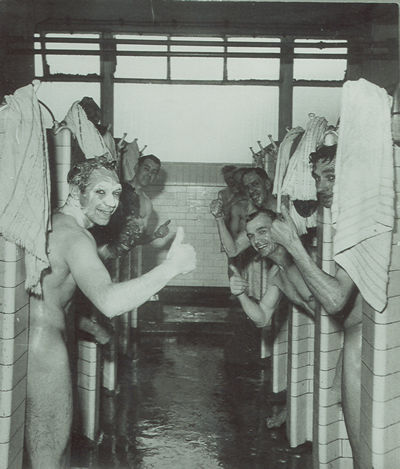
Betteshanger pit head baths c 1960
In order to ensure the miners had somewhere to live, pit villages were developed at Elvington (Tilmanstone), Hersden (Chislet), Aylesham (Snowdown) and Mill Hill (Betteshanger) to house around 6000 miners now working in east Kent. The first three were in very isolated rural areas, whilst Mill Hill was purposefully separate from Deal town due to intolerance and prejudice. Consequently, these villages developed a very strong identity and a self-sufficient close-knit sense of community.
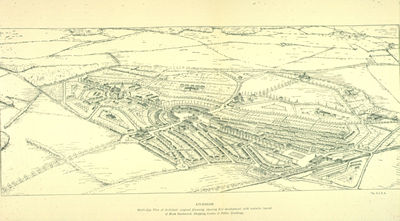
Architects drawing of Aylesham 1928
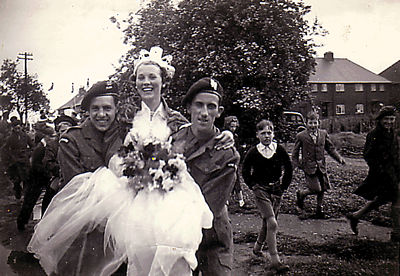
Sheila Teasdale, Carnival Queen, June 1953
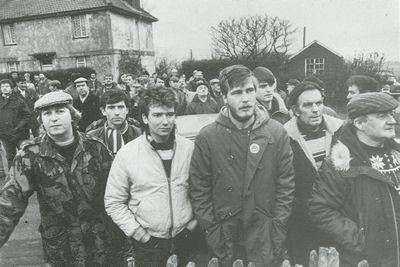
Miners at Betteshanger Colliery during the 1984 strike
(L. to R. Keith Wells, Roger Wadhams, Mark Wadhams, David Bowman, Carl Whitehall)